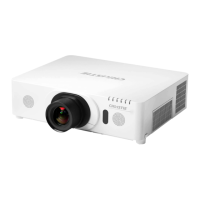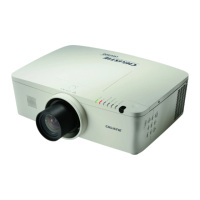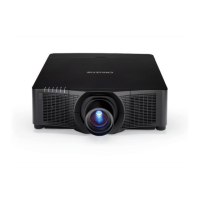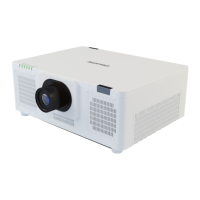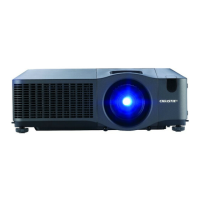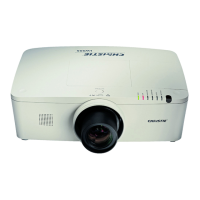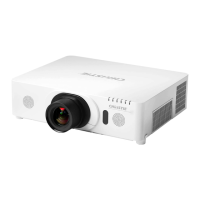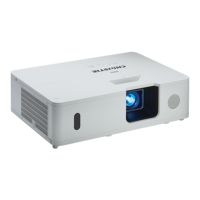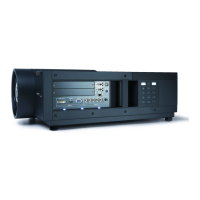Why doesn't my Christie LWU421 Projector recognize my USB drive?
- IijohnsonSep 12, 2025
If your Christie Projector doesn't recognize the USB storage device inserted into the USB TYPE A ports, use the REMOVE USB function first, remove the USB storage device, and then insert it into the port again.
